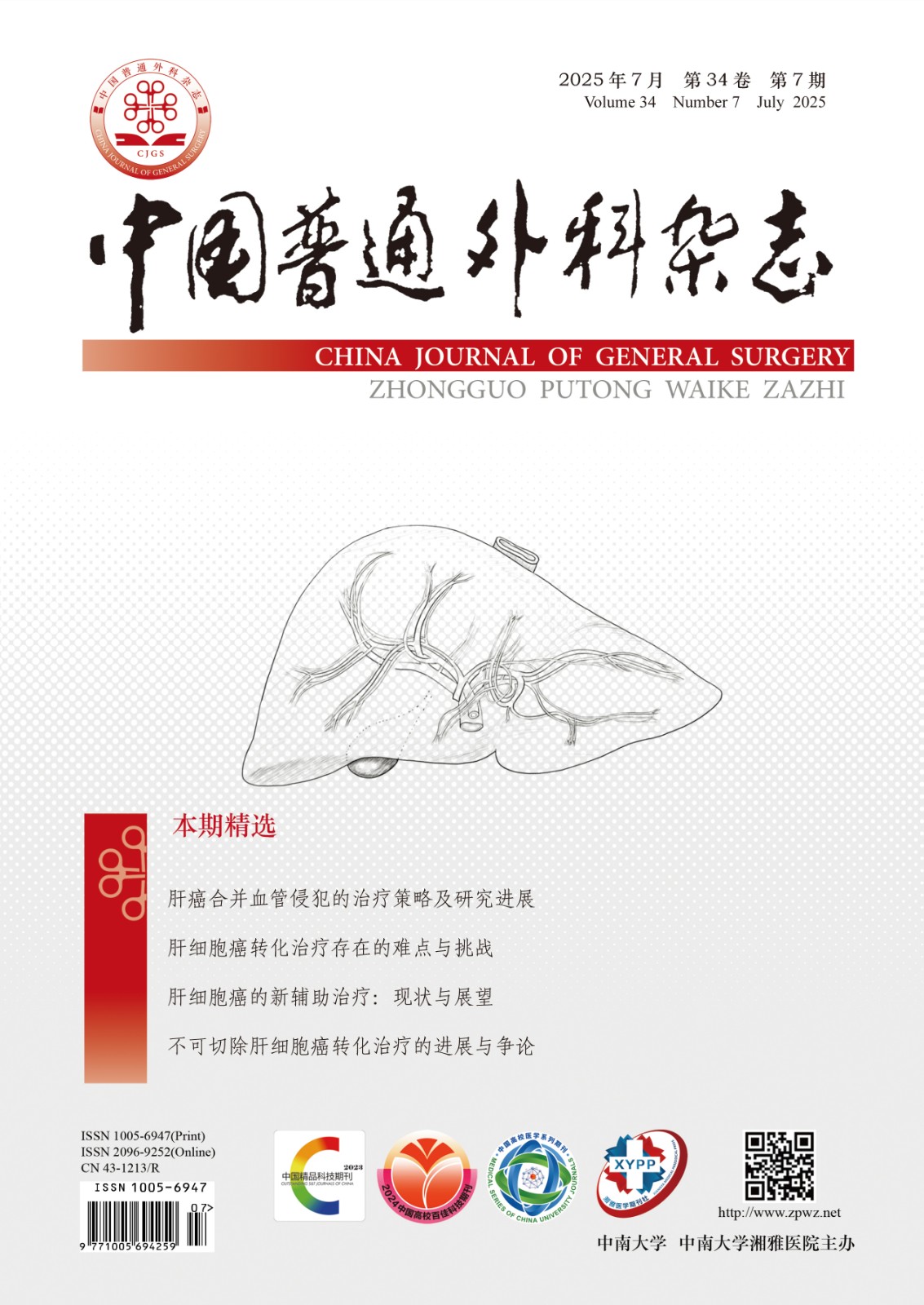Abstract:Background and Aims Colorectal cancer is a common malignant tumor in clinical practice, and its surgical treatment has become one of the research hotspots in the field of surgery in recent years. Robot-assisted surgery, representing the most advanced surgical technology, has rapidly developed in the field of colorectal surgery, and an increasing number of scholars have begun to focus on its application and research in this field. Using CiteSpace software, this study conducted a visual analysis of recent literature on robot-assisted colorectal surgery to explore the development process and evolution of diagnosis and treatment methods of robotic surgery in colorectal surgery worldwide, analyze the research hotspots and trends, identify current hot topics, and determine potential new research directions, so as to provide new clues and ideas for subsequent research.Methods Relevant Chinese and English literature on robot-assisted colorectal surgery in the Web of Science Core Collection (WoSCC) database and the China National Knowledge Infrastructure (CNKI) database between January 1, 1999 and September 30, 2023 were retrieved. CiteSpace 5.8.R3 software was used to analyze the publication countries, prolific institutions, authors, and collaboration relationships in this field. Clustering, burst detection, timeline, and time zone analyses were performed on keywords to draw visual knowledge maps.Results A total of 3 135 articles were included, with 2 760 from the WoSCC database and 375 from the CNKI database. The analysis showed that the number of publications in this field has been increasing year by year, especially after 2011, with a significant increase, reaching its peak in 2021. Currently, the leading countries in publications were the United States (758 articles), Italy (253 articles), and China (173 articles). The top three foreign institutions in terms of publications were Yonsei University in Republic of Korea (76 articles), Korean University (53 articles), and Mayo Clinic in the United States (41 articles). The leading Chinese institutions in terms of publications were Zhongshan Hospital Affiliated to Fudan University (11 articles), Tongji Medical College Affiliated Union Hospital of Huazhong University of Science and Technology (6 articles), the First Affiliated Hospital of Nanchang University (6 articles), and the General Hospital of Shenyang Military Region (6 articles). The top three foreign authors came from Republic of Korea, with most authors forming a wide cooperation network. The top three Chinese authors were from Zhongshan Hospital Affiliated to Fudan University, Gansu Provincial People's Hospital, and Jiangsu Province Hospital of Traditional Chinese Medicine, with most authors belonging to independent research teams and only a few having collaborative relationships. Keyword analysis results show that the foreign development trends mainly focused on colorectal cancer-related liver resection, postoperative survival rate, surgical risk factors, and postoperative survival quality, while domestic trends included new applications of surgery, the operation system of the da Vinci robot, and the compilation of expert consensus and monographs; foreign hotspots and trends were concentrated on clinical randomized controlled trials and open labels, while domestic hotspots focused on surgical techniques, robot operation systems, and integration with other technologies.Conclusion Robot-assisted colorectal surgery is one of the hot topics in the research of minimally invasive surgery. Compared with the international level, research and clinical application of robot surgery in China are relatively lagging, mainly manifested in late start time, few high-quality papers, low citation frequency, and low degree of cooperation with other countries or institutions. Conducting randomized controlled trials, reducing perioperative risks, and improving postoperative patient survival rates and quality of life are the research hotspots and frontiers of robot-assisted colorectal surgery.













































